Diamond
Diamond is a naturally occurring form of carbon that is prized for its exceptional hardness and brilliance. It is the hardest known natural material, making it valuable for use in cutting, grinding, and drilling tools, as well as in jewelry.
Formation
Diamonds are formed deep within the Earth's mantle under high pressure and temperature conditions. They are brought to the surface through volcanic eruptions in a type of rock called kimberlite.
Physical Properties
- Hardness: Diamond is the hardest known natural material, scoring 10 on the Mohs scale of mineral hardness.
- Brilliance: Diamonds have a high refractive index, which gives them their characteristic sparkle and brilliance.
- Color: Diamonds can occur in various colors, including white, yellow, blue, and pink. The presence of impurities or structural defects in the crystal lattice can give rise to different colors.
- Crystal Structure: Diamonds have a crystal structure that consists of a three-dimensional arrangement of carbon atoms bonded together in a strong covalent network.
Uses
Due to its exceptional hardness and optical properties, diamond has a wide range of uses, including:
- As gemstones in jewelry
- In industrial applications for cutting, grinding, and drilling
- In scientific and medical instruments for cutting and grinding
- In electronics for its thermal conductivity and electrical insulating properties
Study Guide
To study the topic of diamond, consider the following key points:
- Describe the formation process of diamonds and the conditions under which they are formed.
- Explain the physical properties of diamonds, including their hardness, brilliance, color, and crystal structure.
- Discuss the various uses of diamonds in industry, jewelry, electronics, and scientific instruments.
- Compare and contrast synthetic diamonds with natural diamonds, considering their formation and properties.
- Research the historical and cultural significance of diamonds, including famous diamonds and diamond mining regions.
By understanding these key points, you will have a comprehensive understanding of the topic of diamond and its significance in various fields.
[Diamond] Related Worksheets and Study Guides:
.◂Science Worksheets and Study Guides Third Grade. Science in our world - 3rd gr.
Study Guide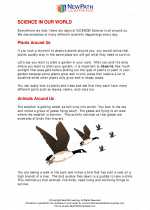 Science in our world - 3rd gr.
Science in our world - 3rd gr.  Worksheet/Answer key
Worksheet/Answer key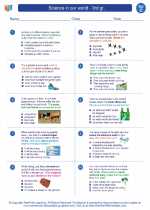 Science in our world - 3rd gr.
Science in our world - 3rd gr.  Worksheet/Answer key
Worksheet/Answer key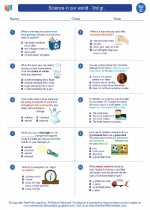 Science in our world - 3rd gr.
Science in our world - 3rd gr.  Worksheet/Answer key
Worksheet/Answer key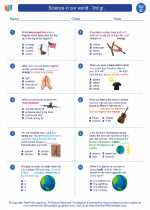 Science in our world - 3rd gr.
Science in our world - 3rd gr.  Worksheet/Answer key
Worksheet/Answer key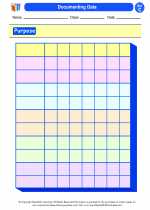 Documenting Data
Documenting Data 

 Worksheet/Answer key
Worksheet/Answer key
 Worksheet/Answer key
Worksheet/Answer key
 Worksheet/Answer key
Worksheet/Answer key
 Worksheet/Answer key
Worksheet/Answer key

The resources above cover the following skills:
History and Nature of Science: A student should understand the history and nature of science. A student who meets the content standard should:
Develop an understanding that historical perspectives of scientific explanations demonstrate that scientific knowledge changes over time, building on prior knowledge.
Develop an understanding that scientific knowledge is ongoing and subject to change as new evidence becomes available through experimental and/or observational confirmation(s).